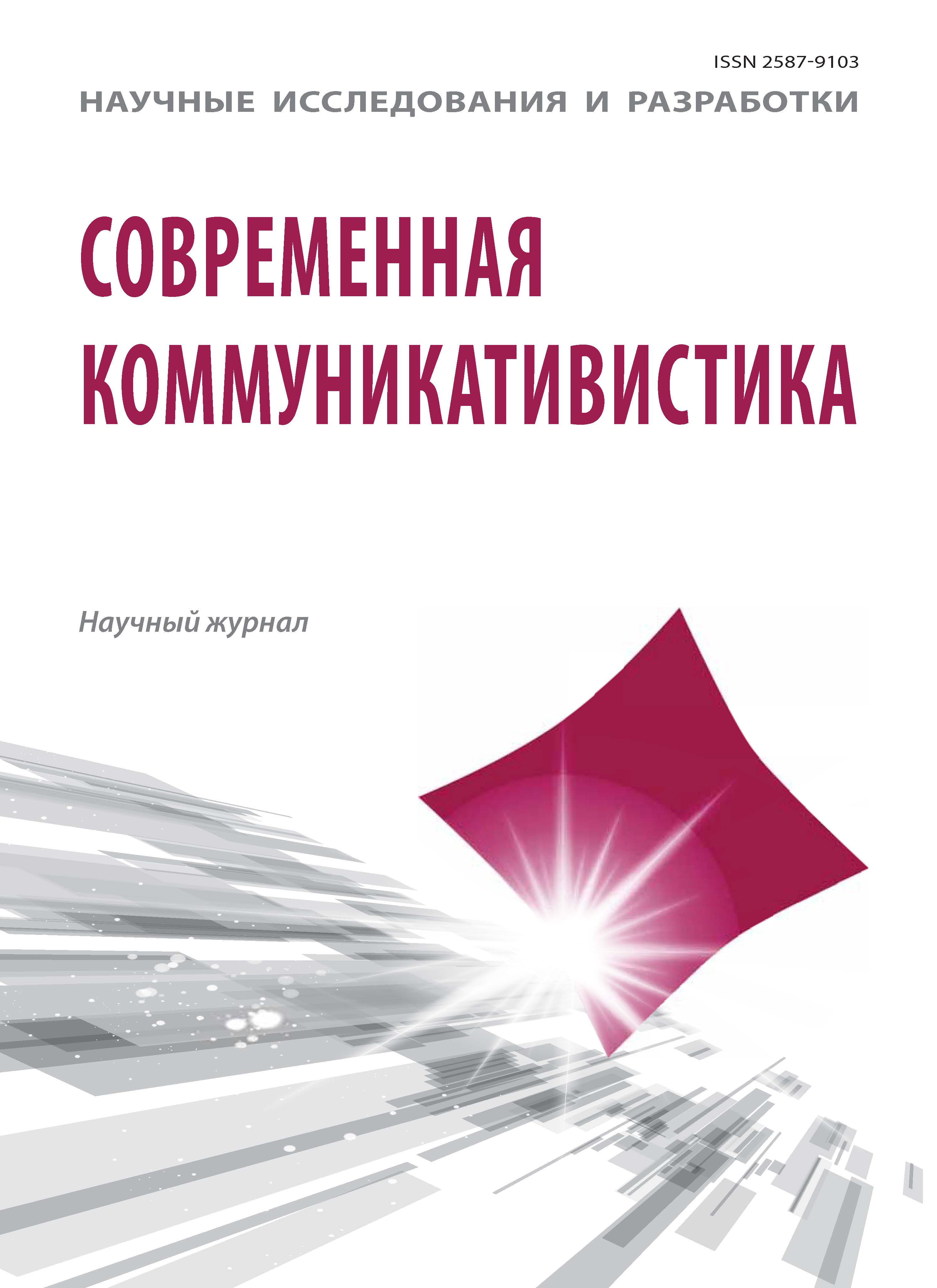Russian Federation
Russian Federation
Cinema as a means of communication does not have sufficient direct interactivity, bright audiovisual means of cinema have a suggestive effect on the viewer, making cinema an influential means of promoting ideas and values. Postmodern culture is characterized by the rejection of authority, the denial of cultural norms and traditions. The problem of preserving traditional spiritual and moral values becomes relevant in the context of the global civilizational crisis. The article deals with insufficiently studied issues of the embodiment and evolution of the idea of humanism in the European and Iranian cultural traditions. It is shown that the Islamic concept of humanism, humanity is based on religiosity. The content and value aspects of the movies of the leading directors of modern Iranian cinema (M. Majidi, A. Farhadi, R. Mirkarimi) are analyzed in this context. The connection between the state policy in the field of culture and the vector direction in the development of Iranian cinematography, which is the dissemination of ideas and values of humanism, is traced. The article may be of interest to researchers of the history of cinema, culturologists, managers in the field of culture.
humanism, cultural tradition, cinema, Islam, screen hero, film language, communication
1. Stack Peter Heavenly Rewards in ‘Children’ (Innocence, action blend in Iranian drama). 1999. URL: https://www.sfgate.com (accessed 01 November 2022).
2. Akbasheva D. On the problem of humanism in Islam // Rossiya i musul’manskij mir [Russia and the Muslim world]. 2005. No. 10, pp. 173-183. (in Russian)
3. Garadzha V.I. Religiovedenie [Religious Studies]: Textbook for students of higher educational institutions and teachers of secondary school. 2nd edition, enlarged. M.: Aspect-Press, 1995. 350 p.
4. Film industry of the Russian Federation. Research by Nevafilm with the participation of RFILMS for the European Audiovisual Observatory // Cinemascope. 2009. No. 28. 136 p.
5. The Constitution of the Islamic Republic of Iran. URL: https://worldconstitutions.ru (accessed: 01 November 2022).
6. The concept of the foundations of the state cultural policy (pre-project work). Appendix 3. URL: https://agnivesti.ru (accessed: 11 November 2022).
7. Kosinova M.I., Solgi T. Comparative analysis of family values in Iranian and Russian cinematography // Vestnik universiteta (GUU) [Bulletin of State University of Management]. 2022. No. 5. Pp. 219-226. DOI.org/10.26425/1816-4277-2022-5-219-226 (in Russian)
8. - № 5. - S. 219-226. - URL: doi.org/10.26425/1816-4277-2022-5-219-226.
9. Lotman Yu.M. Semiotika kino i problemy kinoestetiki [Semiotics of cinema and problems of cinema aesthetics]. Tallinn: Eesti Raamat Publishing House, 1973. 135 p.
10. Mikhailova Ya.D. Social functions of cinema // Molodoj uchyonyj [Young scientist]. 2018. No. 16. Pp. 272-274. (in Russian)
11. Razin A.V. The Idea of Humanism in Western Philosophy // Filosofiya i obshchestvo [Philosophy and Society]. 1998. No. 5. Pp. 155-177. (in Russian)
12. Solovyov Vl.S. Magomet. Ego zhizn’ i religioznoe uchenie [Mahomet. His life and religious teachings]. URL: https://www.livelib.ru (accessed: 11 November 2022).
13. Sociologiya i kinematograf [Sociology and cinema] / M.I. Zhabsky, K.A. Tarasov, Yu.U. Fokht-Babushkin and others; under total ed. M.I. Zhabsky; Ministry of Culture of the Russian Federation, Research Institute of Cinematography. Moscow: Kanon+, 2012. 599 p.
14. Decree of the President of the Russian Federation of November 9, 2022. No. 809 “On approval of the foundations of state policy for the preservation and strengthening of traditional Russian spiritual and moral values”. URL: http://publication. pravo.gov.ru (accessed: 01 January 2023).







